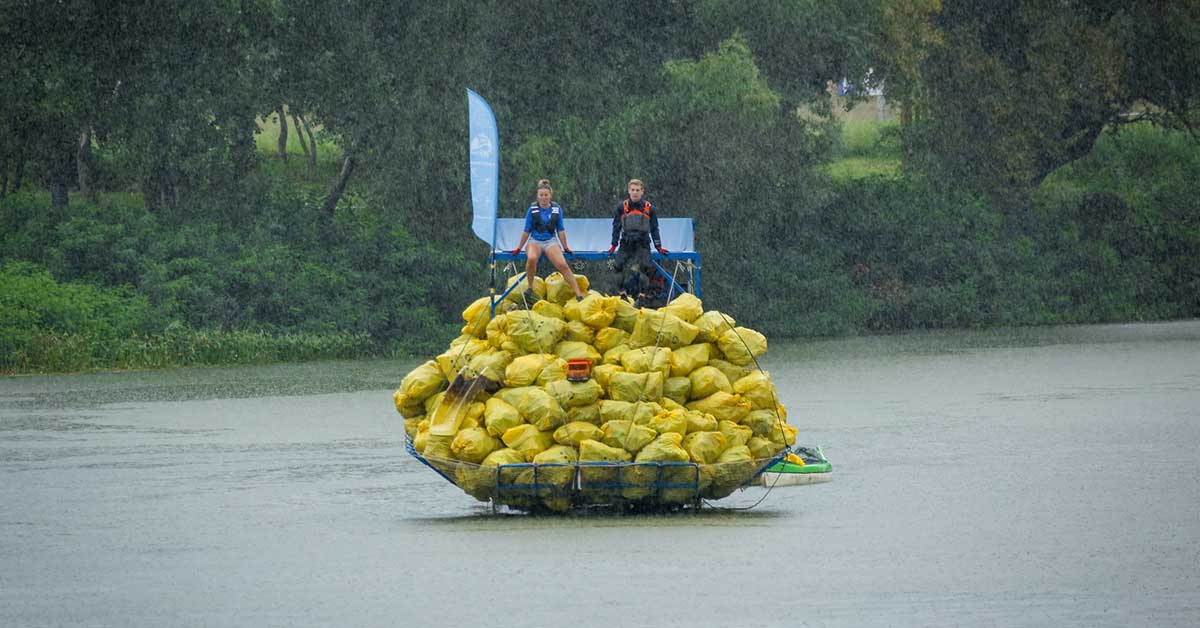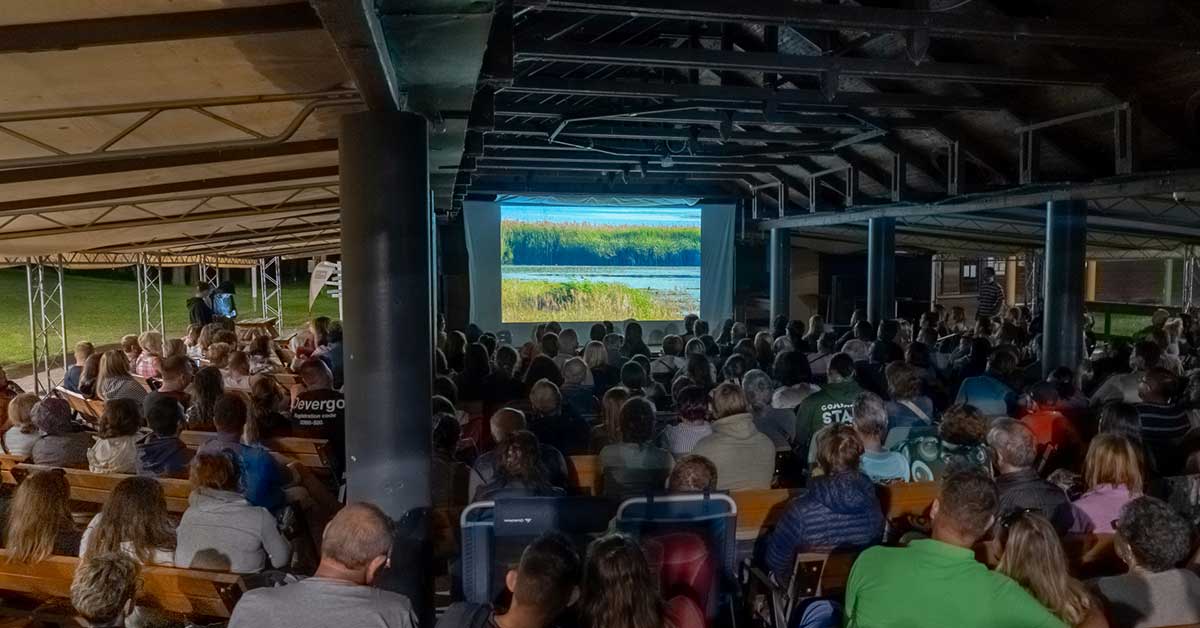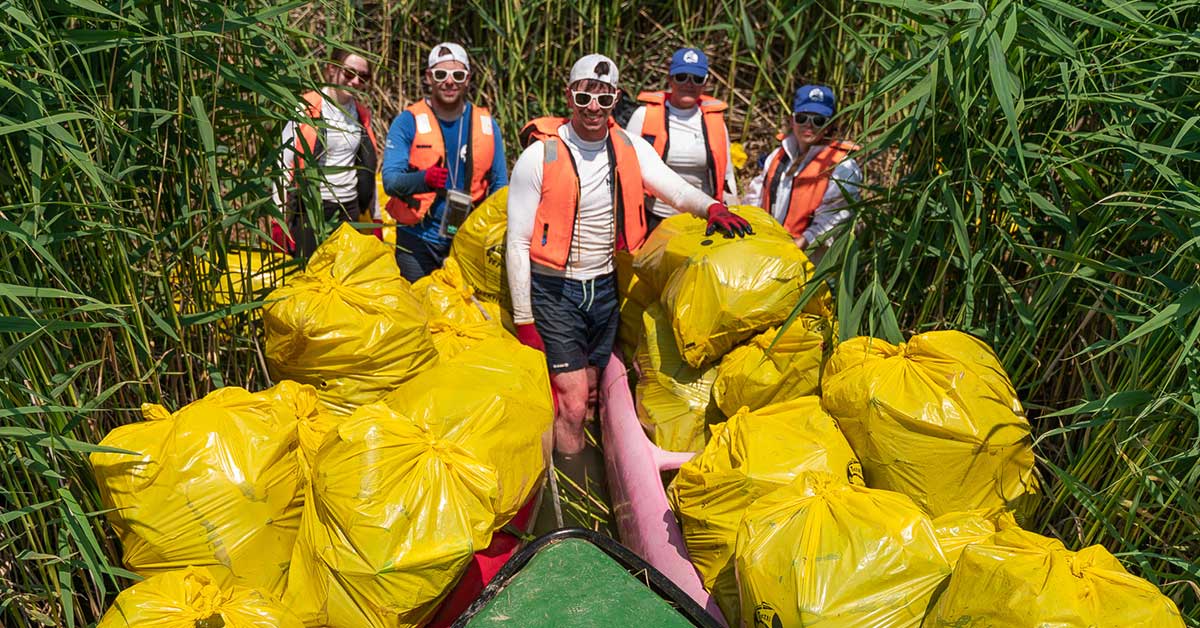Tisza might be connecting five nations, but its role is a lot more significant than it may seem simply by looking at the map of Central Europe.

The Regional Role
Tisza brings the necessary drinking water to many settlements, it’s an important waterway, a scenic view with many spots that would most certainly dazzle anyone.
It’s home to many species, fish and birds, mammals and insects, plants and fungi – some can be only found close to the river.

A river that needs to be protected to also protect the environment, as well as the economic interests and well-being of the people who live around.
Impacting A Larger Ecosystem
Tisza is also one of the major tributaries of Danube, “the most international” river that flows from the Black Forest in Germany to the Black Sea in Romania and Ukraine.
Merging with Danube means that any pollution Tisza picks up, may end up in the sea easily, and this is just the direct effect.
The indirect impact, however, might be even greater: now matter how toxins dissolve or their concentration levels slowly decrease as they flow further from the source, the destruction they cause in the local ecosystem influences the neighbouring systems.
Let’s think of a worm that lives in Tisza and is the daily lunch of a crab that lives at the mouth of the river. Then there’s a fish in river Danube that usually eats that crab for dinner.
If there’s no worm in Tisza, the fish in Danube will starve.

The example surely is oversimplified, but you may get the idea. All waters are connected and in a global economy it means that all local issues may impact you – no matter where you are right now, the chain reactions can’t be predicted.
Protecting the environment in and around river Tisza also means saving flora and fauna as far as a thousand kilometres. This is another reason to help experts and volunteers to do their best in the region.



2 Responses
Put more worms for the fish in the Tisza river, please !
Understood ?